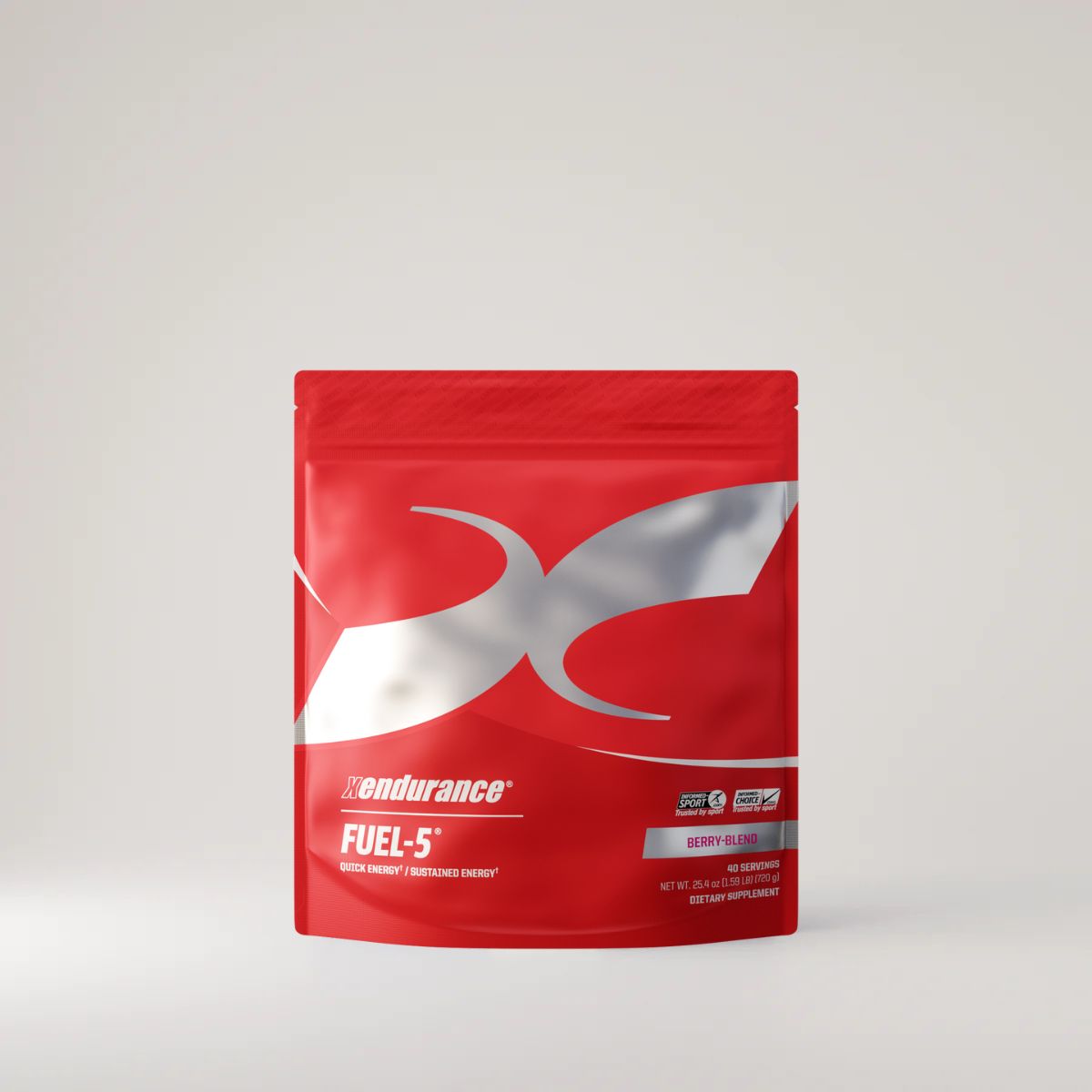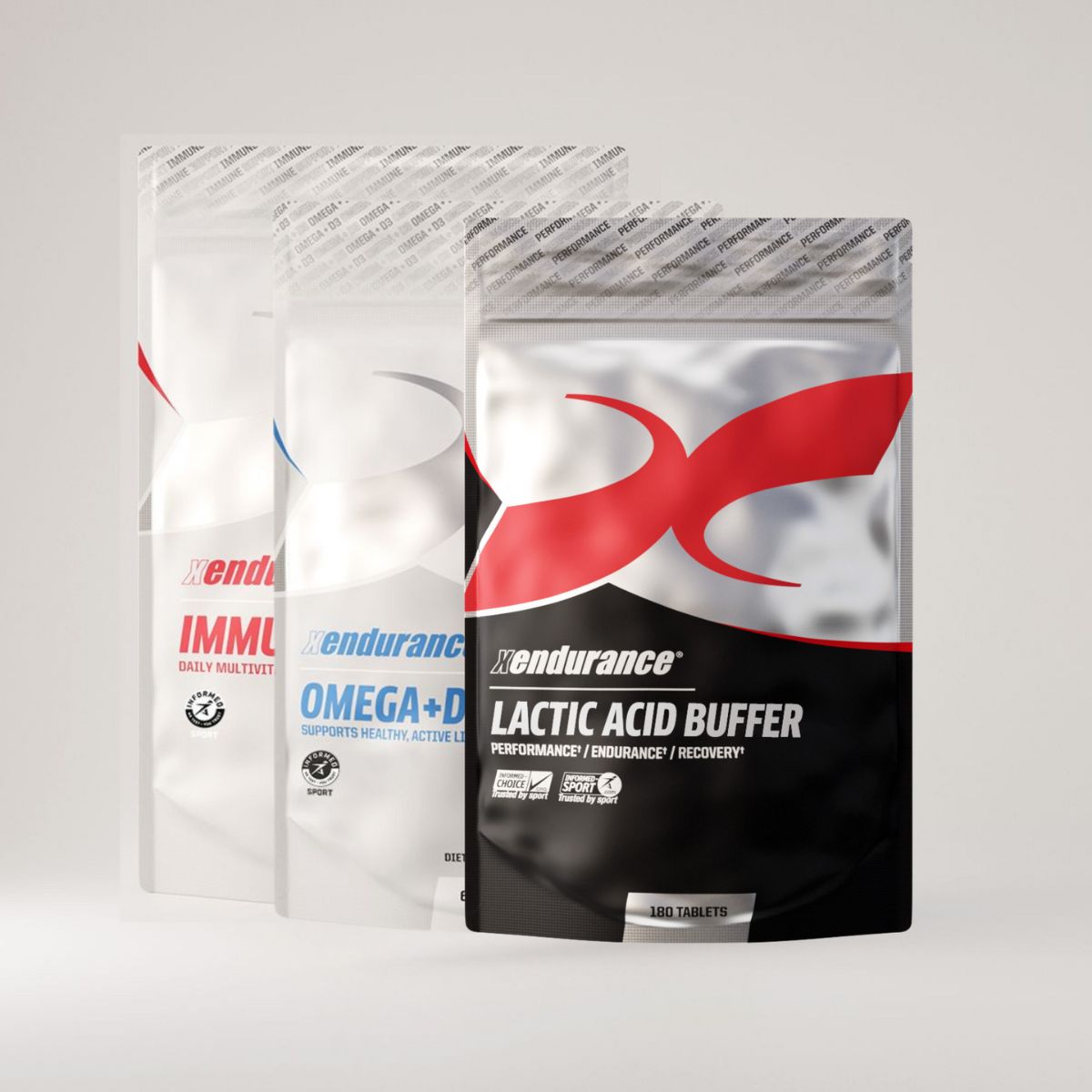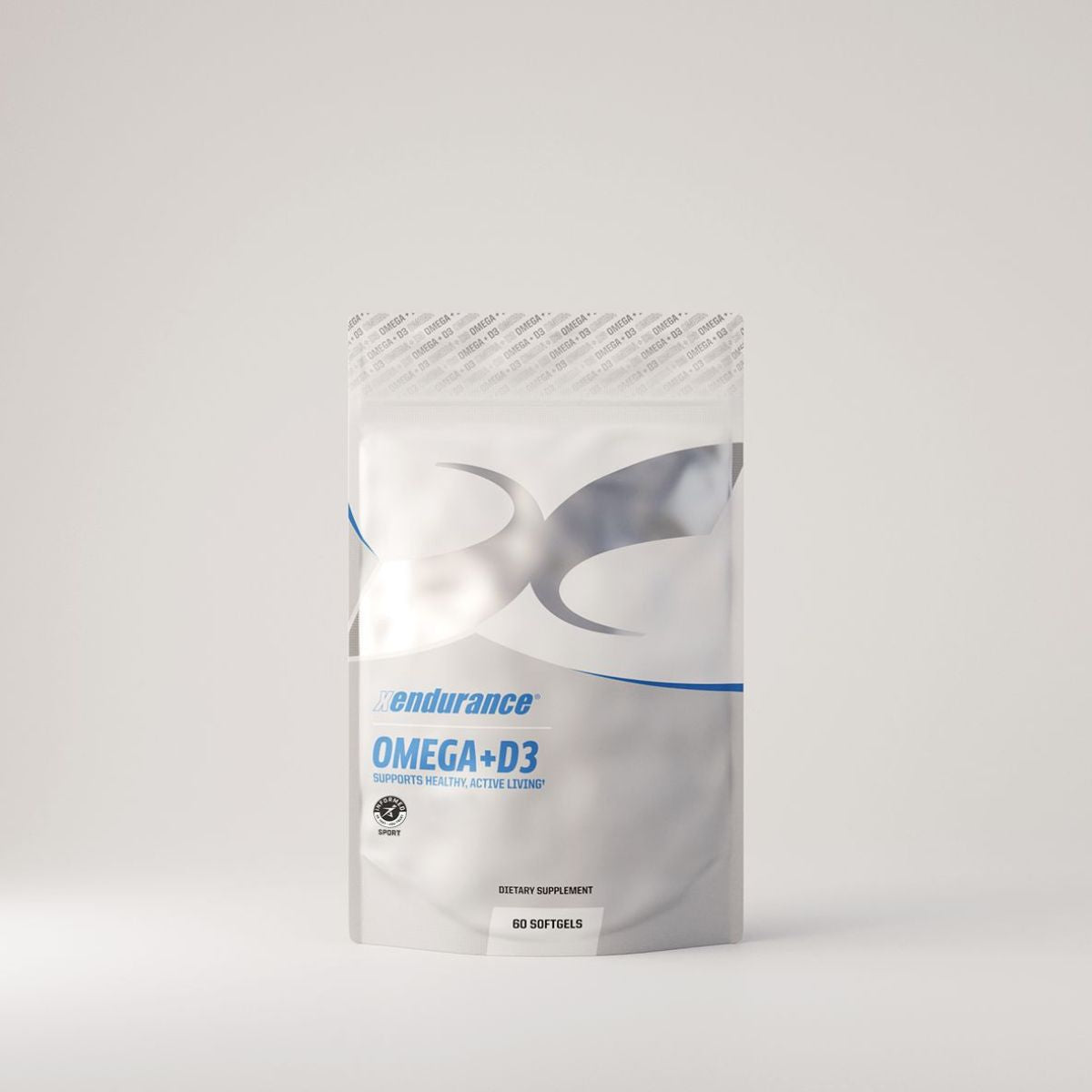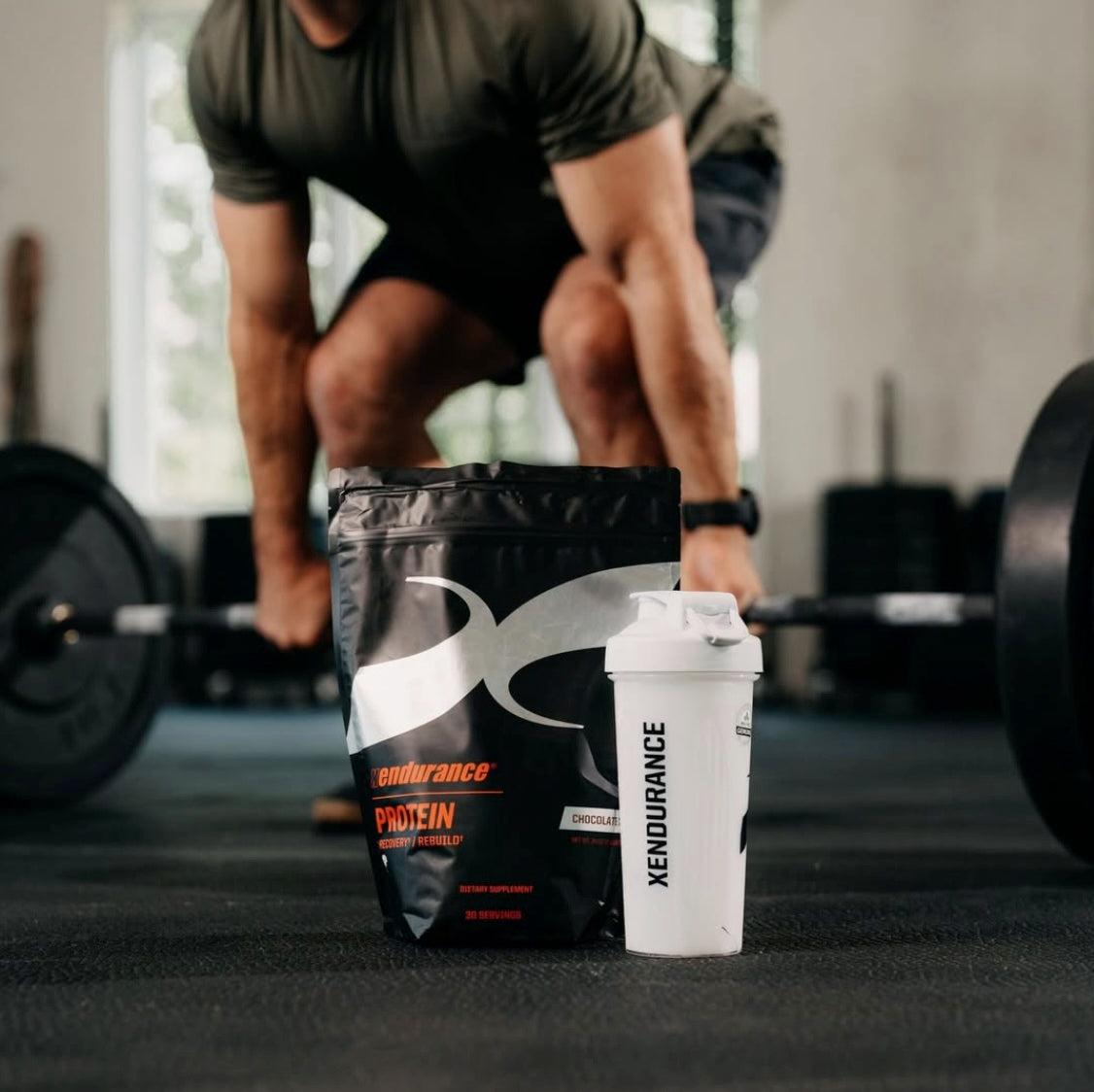I used to think recovery was something that happened when you stopped moving. You train hard, you rest, you repeat. Very simple. Except, the older I got and the harder I trained, the more I realised that recovery isn’t passive, it’s a discipline, and a process. It’s essentially what separates the athletes who can string together consistent weeks from the ones who hit a wall every few sessions.
And as we roll into the darker months now we’re in early November, when training still happens but sunlight doesn’t, that process starts to matter even more. The cold mornings, the indoor sessions, the long workdays that leave you skipping the stretch and diving straight into dinner… believe me I’ve done it all. I’ve also woken up stiff, foggy, and wondering why my legs feel like they aged a decade overnight.
Here’s the truth: recovery isn’t about having a pro massage team or an ice bath the size of your bathtub. It’s about building small, intelligent habits that help your body bounce back and your head stay clear. That means understanding when you refuel, what you refuel with, and how to support the systems that actually make you stronger.
For me, the game changer was getting serious about protein timing. Everyone knows protein builds muscle, but not everyone realises how much timing shapes what happens next. After a hard session, whether it’s sprints, lifts, or a long winter run your muscles are in what’s called a “receptive window.” They’re primed to absorb amino acids to repair and rebuild. Miss that window, and you don’t just delay recovery; you miss out on adaptation.
It doesn’t mean you need to rush home or neck a shake in the car park (though I’ve done that too), it just means you should have a plan. I started keeping my Xendurance Protein in my kit bag so I can mix a shake within 30 minutes of finishing. It’s a multi-source blend with fast proteins like whey to kickstart repair, and slower ones like casein and pea protein to keep the process going. That mix matters. It gives your body both the instant response and the sustained feed it needs to rebuild properly.
The result? You start noticing the difference not after one session, but across the week. Less soreness, more stability. A sense that your body’s working with you, and not against you.
But recovery is also about understanding inflammation. And here’s where most athletes (my past self included) underestimate the quiet power of omega-3s.
Those long-chain fatty acids we call EPA and DHA help regulate inflammation and support joint function. They’re the difference between finishing a session feeling solid and finishing it feeling like you’ve been run over by your own car. The problem? Most of us don’t get enough of them, especially in winter when we eat less fresh fish and see far less sun.
That’s why I take Omega+D3 daily. It’s not just about the omegas themselves (though the triglyceride form helps absorption), more so the synergy with vitamin D. Vitamin D plays a huge role in muscle function, immune response, and even mood regulation. In summer, a bit of sunlight might cover your needs. In winter? Nope! Between early starts, dark commutes, Christmas lists from the kids flying all over the place and deep grey skies, we’re basically all running low.
Since adding Omega+D3, I’ve noticed more consistent energy and less of that dull, achey feeling that used to creep in halfway through the season. It’s subtle, but it compounds like compound interest for your recovery system. You don’t necessarily feel “boosted” on day one; you just stop breaking down quite so quickly.
The cool thing about focusing on recovery this way is that it doesn’t require overhauling your life. You don’t need to meditate for 45 minutes or buy a £5,000 recovery gadget. You just build small, repeatable rituals that become part of your training identity.
For me, it’s simple: finish the session, get a protein shake in. Eat a proper meal later with real food with focus on carbs, colour, and balance. Take Omega+D3 with dinner or before bed, and sleep like it’s your job.
It’s not glamorous, but it works.
One of my favourite sports quotes is from Chrissie Wellington, the four-time Ironman World Champion: “Training is nothing without recovery. Recovery is what makes you stronger.” I didn’t really understand that until I burned out a few seasons ago. I was doing everything right with my training plan, nutrition, hydration etc. but I was neglecting the glue that holds it all together. Now, I treat recovery as an active part of my training. If I miss a session, I don’t panic. If I hit recovery perfectly, I celebrate it. Because that’s what allows consistency and consistency wins every time.
As winter rolls in, that mindset becomes even more valuable. The sessions feel harder, the days shorter, motivation dips, and yet, this is when the real gains are built. If you can hold yourself together through the cold months, spring feels effortless.
So no, you don’t need a massage table or cryotherapy chamber to recover like a pro. You just need awareness of timing, balance, and what your body actually needs to rebuild. Protein up when it counts. Omega-3s and vitamin D to keep you supple, supported, and steady. A simple nightly routine that tells your system, “we’re still in control.”
That’s recovery done right, and it’s not complicated, it’s not glamorous, just consistent.
Because the truth is, it’s not about the perfect session. It’s about being ready for the next one.










Leave a comment
This site is protected by hCaptcha and the hCaptcha Privacy Policy and Terms of Service apply.